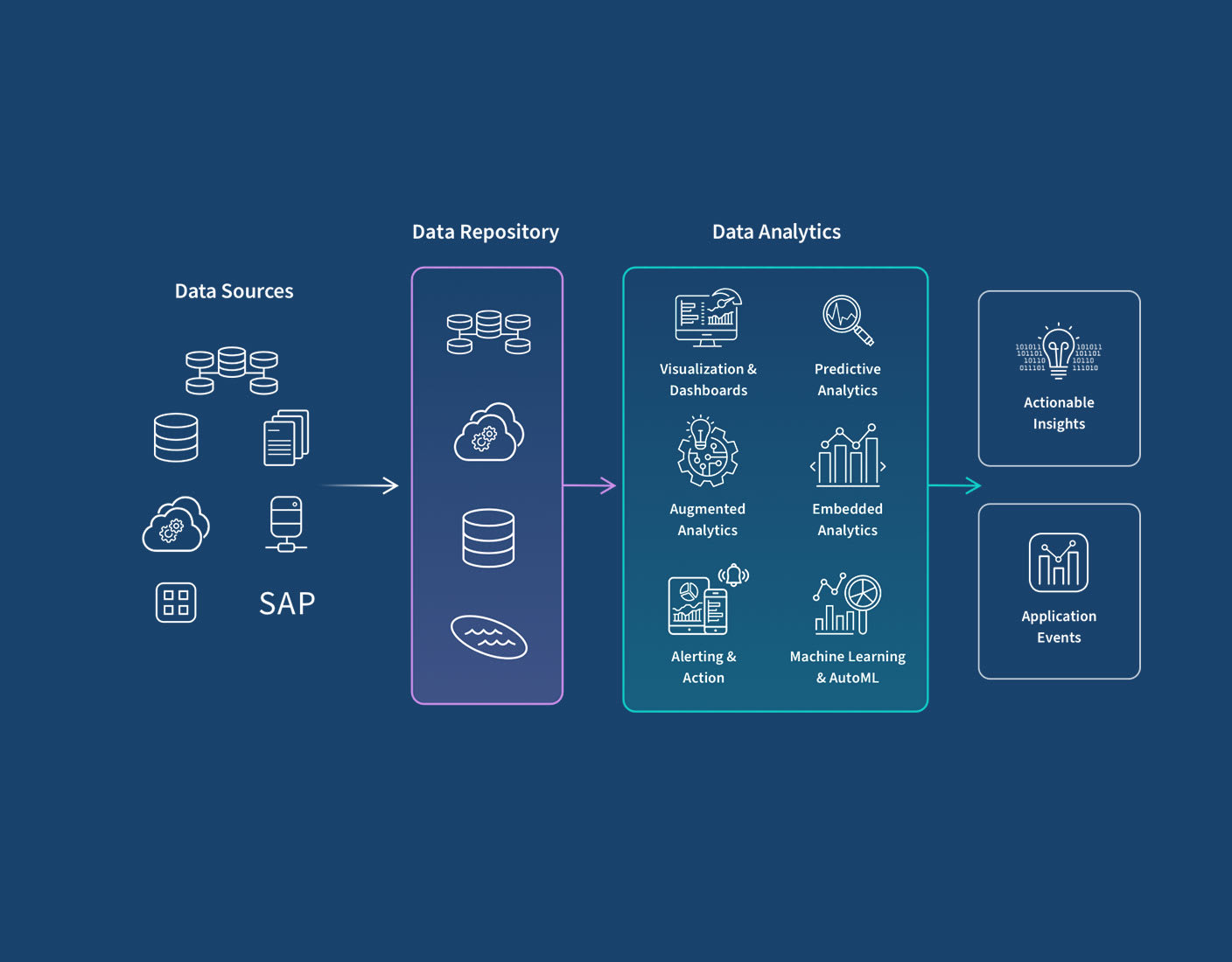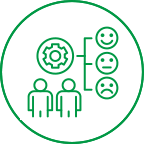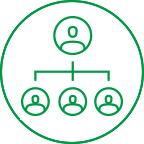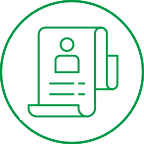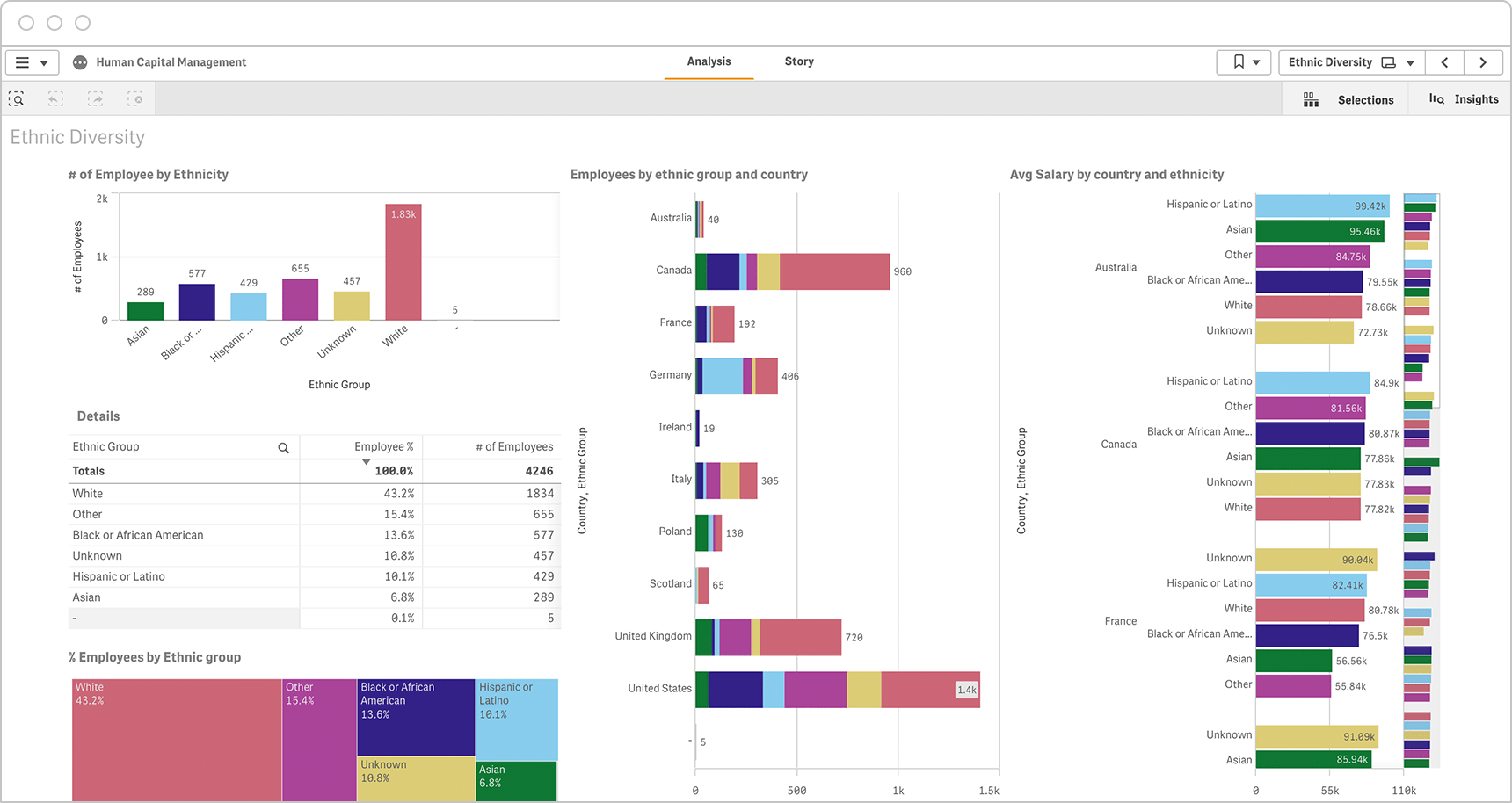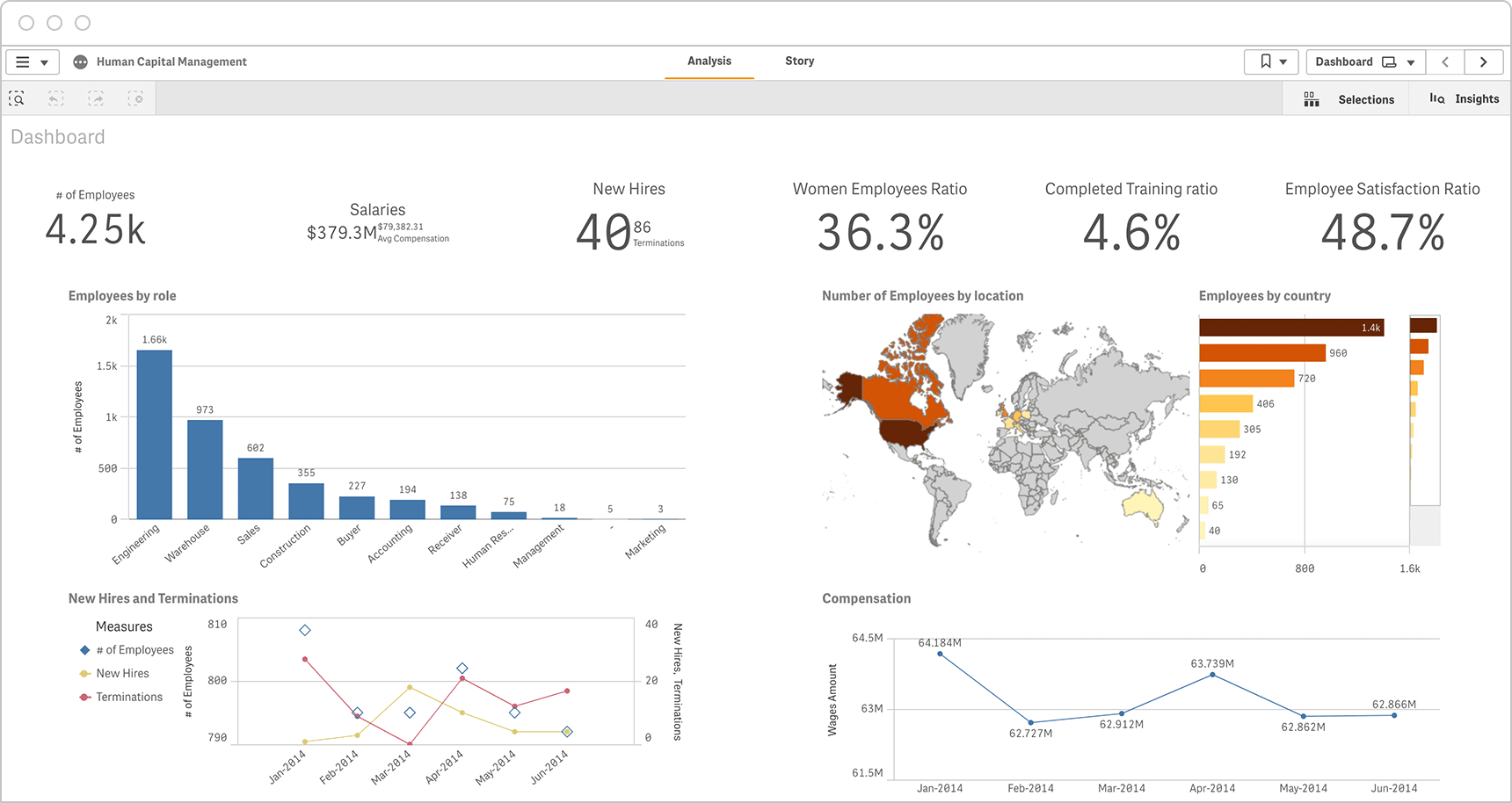How People Analytics Works
Modern people analytics is powered by a cloud-based, end-to-end data integration and analytics platform. This platform helps you manage big data across its lifecycle as well as perform the necessary types of analytics.
A key aspect of people analytics is the application of statistics and modeling to candidate and employee data. This helps you to identify patterns and predict outcomes across the human-capital lifecycle, from hiring and managing performance to better retention.
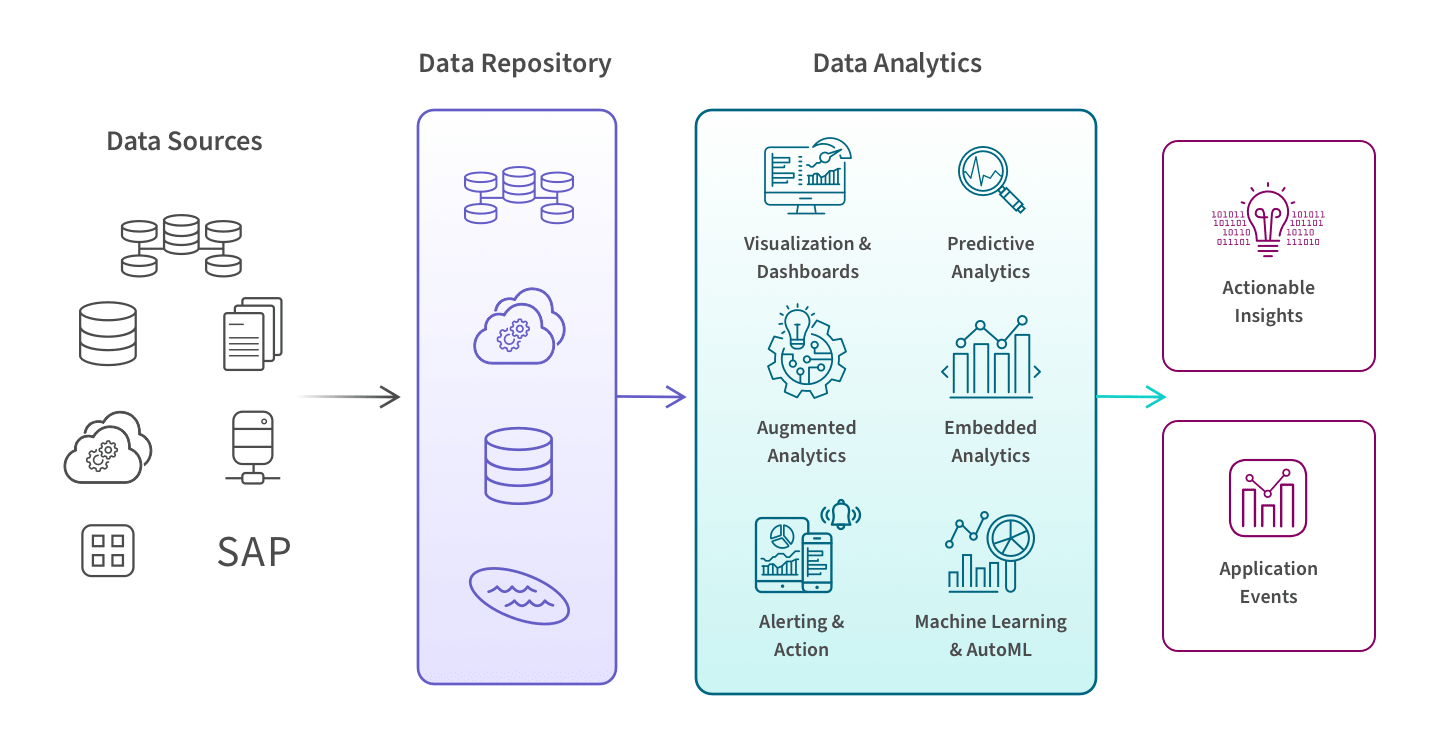
Data Sources. Data is sourced from Human Resources Information System (HRIS), other HR surveys and systems, business systems, and productivity platforms.
HRIS such as Workday, Oracle, or SAP will provide data on recruiting, demographics, compensation, benefits, performance, learning, job architecture, development, succession planning, and exit interviews.
Other HR data such as surveys and siloed systems will provide data on employee travel, learning, mentoring, wellness, and absenteeism.
Business systems such as Salesforce or QuickBooks will provide data on sales, CRM, production, and financials.
Productivity platforms such as Outlook, Slack, and Microsoft Teams will provide behavioral data from employee’s daily digital activity such as e-mails, messaging, and posts.
Data Repository. All of these different types of data are extracted, transformed, and combined into a repository–typically a cloud data warehouse–to give you a comprehensive view of your workforce.
People Analytics Platform. Your platform makes it easy for you to use this data to perform different types of analysis. For example, you could use predictive analytics to project turnover rate in a sales division.
Your tool should allow you to create interactive visualizations and dashboards which help you identify patterns and develop insights.
Today’s top tools provide augmented analytics capabilities such as automated machine learning (AutoML), predictive analytics, and prescriptive analytics and to embed your analytics into other applications.
Outputs. These processes and tools result in insights which you can action on and/or they can trigger alerts and actions in other systems.












































